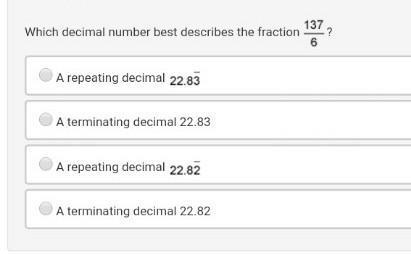
Mathematics, 08.07.2021 04:00 mxlx27
In preparing for the upcoming holiday season, Fresh Toy Company (FTC) designed a new doll called The Dougie that teaches children how to dance. The fixed cost to produce the doll is $100,000. The variable cost, which includes material, labor, and shipping costs, is $34 per doll. During the holiday selling season, FTC will sell the dolls for $42 each. If FTC overproduces the dolls, the excess dolls will be sold in January through a distributor who has agreed to pay FTC $10 per doll. Demand for new toys during the holiday selling season is extremely uncertain. Forecasts are for expected sales of 60,000 dolls with a standard deviation of 15,000. The normal probability distribution is assumed to be a good description of the demand. FTC has tentatively decided to produce 60,000 units (the same as average demand), but it wants to conduct an analysis regarding this production quantity before finalizing the decision.
(a) Create a what-if spreadsheet model using formulas that relate the values of production quantity, demand, sales, revenue from sales, amount of surplus, revenue from sales of surplus, total cost, and net profit. What is the profit corresponding to average demand (60,000 units)? $
(b) Modeling demand as a normal random variable with a mean of 60,000 and a standard deviation of 15,000, simulate the sales of The Dougie doll using a production quantity of 60,000 units. What is the estimate of the average profit associated with the production quantity of 60,000 dolls? $ How does this compare to the profit corresponding to the average demand (as computed in part a)? The input in the box below will not be graded, but may be reviewed and considered by your instructor
(c) Before making a final decision on the production quantity, management wants an analysis of a more aggressive 70,000-unit production quantity and a more conservative 50,000-unit production quantity. Run your simulation with these two production quantities. What is the mean profit associated with each? When ordering 50,000 units, the average profit is approximately $. When ordering 70,000 units, the average profit is approximately $.
(d) Besides mean profit, what other factors should FTC consider in determining a production quantity? Compare the four production quantities (40,000; 50,000; 60,000; and 70,000) using all these factors. What trade-offs occur? If required, round Probability of a Loss to three decimal places and Probability of a Shortage to two decimal places. What is your recommendation? The input in the box below will not be graded, but may be reviewed and considered by your instructor.

Answers: 3
Another question on Mathematics

Mathematics, 21.06.2019 18:30
Analyze the graph of the cube root function shown on the right to determine the transformations of the parent function. then, determine the values of a, h, and k in the general equation.
Answers: 1

Mathematics, 21.06.2019 19:20
The square root of 9x plus 7 plus the square rot of 2x equall to 7
Answers: 1


Mathematics, 21.06.2019 21:30
The price of a dozen eggs was $1.63. suppose the price increases m dollars per dozen and then the price decreases $0.12 per dozen. which expression represents the current price of eggs after the two price changes?
Answers: 1
You know the right answer?
In preparing for the upcoming holiday season, Fresh Toy Company (FTC) designed a new doll called The...
Questions


Mathematics, 20.10.2020 02:01





Mathematics, 20.10.2020 02:01

Chemistry, 20.10.2020 02:01


History, 20.10.2020 02:01





Mathematics, 20.10.2020 02:01


Chemistry, 20.10.2020 02:01

Chemistry, 20.10.2020 02:01

Physics, 20.10.2020 02:01




